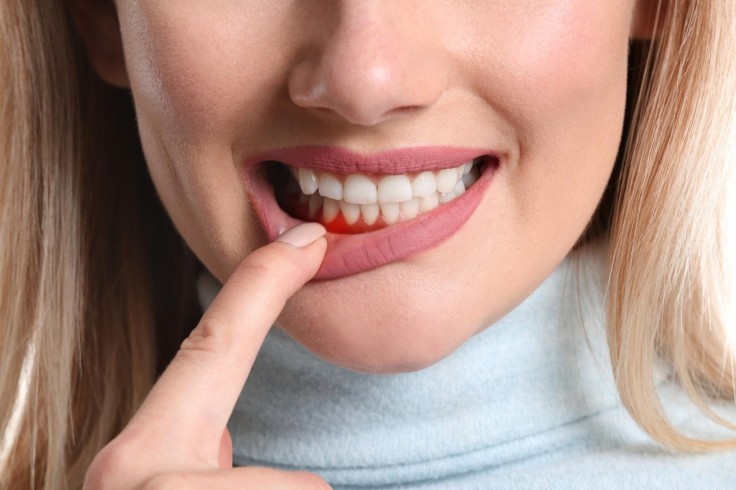
Think you might have periodontitis? It's time to do something about it. Learn about periodontal disease stages and how to reverse them here.
According to a recent report by CDC, 47.2% of American adults above 30 years have periodontal disease. You are prone to periodontal as you age. The disease affects the bones around the teeth and gum tissues.
When plaque bacteria on your teeth increases, you should start seeking treatment. The resulting tartar is only removable by a dental health professional. The painless nature of gum diseases might make early detection impossible.
Think you might have periodontitis? It's time to do something about it. Learn about periodontal disease stages and how to reverse them here.
1. Gingivitis
Gingivitis is the inflammation of gums. When your gums bleed during flossing or brushing, you probably have gingivitis. The discoloration of teeth is another sign of inflamed gums.
If you already have gingivitis, don't fret. The condition is reversible when you improve your oral hygiene. Your connective tissues and bones are still safe. Brush and floss twice a day to remove the plaque.
During this stage, the disease is painless and you can only diagnose it through regular dental checkups. Don't ignore the occasional bad breath. Visit your dentist to rule out periodontal disease.
2. Early Periodontitis
Early periodontitis is the second phase of periodontal condition. While it is manageable, it is irreversible. When you reach this second stage, it means that the infection is spreading to your gum bones.
The aggressiveness of the bacteria at this stage of slight periodontal disease causes tooth loss. Some of the signs to look out for include bad breath, swelling of the gums, bleeding during flossing or brushing, and pain. The probing depths are up to 5 millimeters.
3. Moderate Periodontitis
Moderate periodontitis is one of the periodontal disease stages where the immune system is at stake. The symptoms are similar to the ones experienced during the early periodontitis. Nonetheless, the probing depths are around 7mm, which allows an increased bacterial attack.
You can't reverse moderate periodontal disease. You can only seek treatment through root planing and scaling. The processes involve deep cleaning to rid your gum off bacteria.
Treating moderate periodontitis saves you from gum sensitivity, tooth, and bone loss, bleeding, and teeth shifting. Read more about periodontitis to know more about reversing the condition and other alternative treatments.
4. Advanced Periodontitis
Older women are 17% at risk of premature death after teeth loss. The broken smiles have a detrimental effect on one's overall health. That's why advanced periodontitis is perhaps one of the most feared periodontal disease stages.
During this stage, the connective tissues that hold the teeth in place breakdown. Bone and teeth loss is imminent. The oral tissue and the gums deteriorate as they start to function dismally.
Halitosis, unpleasant taste in the mouth and pain when chewing are the signs to look out for. But is periodontitis curable? Well, you can seek medical attention to address the resultant symptoms.
You'll need laser therapy or periodontal surgery to treat the disease. Failure to which, you might have to deal with gum recession and unsightly teeth gaps. What's more, you will suffer years of overall health issues.
Periodontal Disease Stages Are Progressive and Early Diagnosis Can Prevent Deterioration of the Condition.
Treating early periodontitis is crucial in maintaining optimal oral health. You don't have to wait to experience all the periodontal disease stages to visit a dental clinic. Regular checkups and oral hygiene will save you from a myriad of problems.
For more informative articles, check out our site.